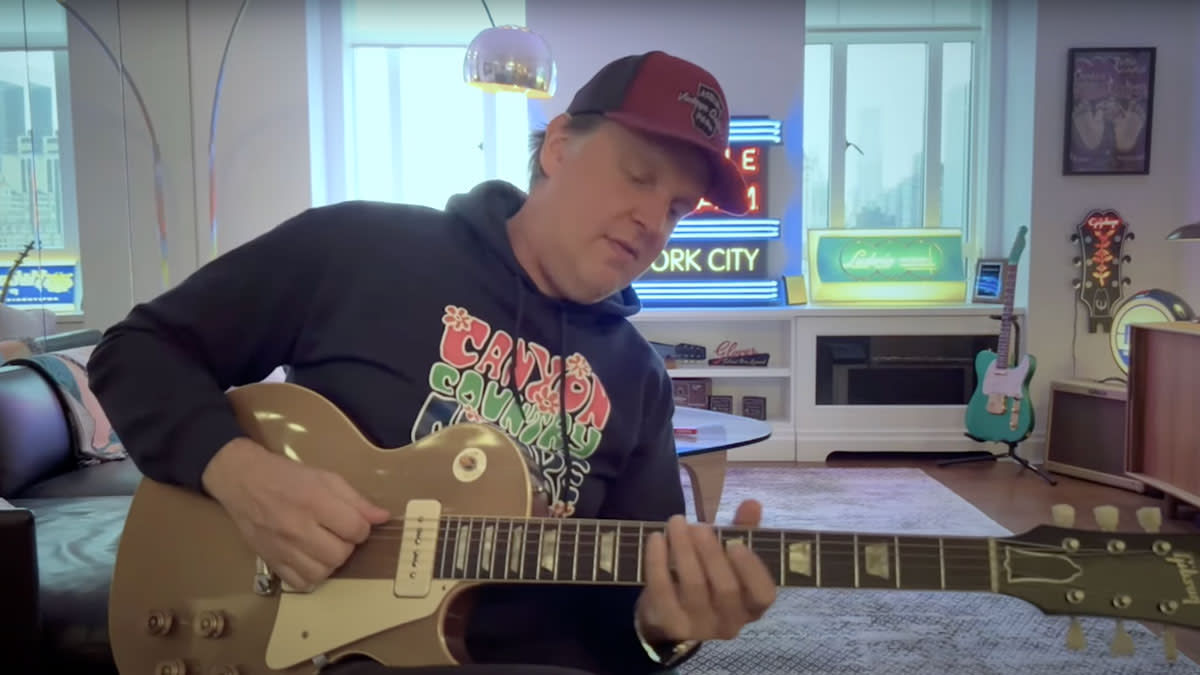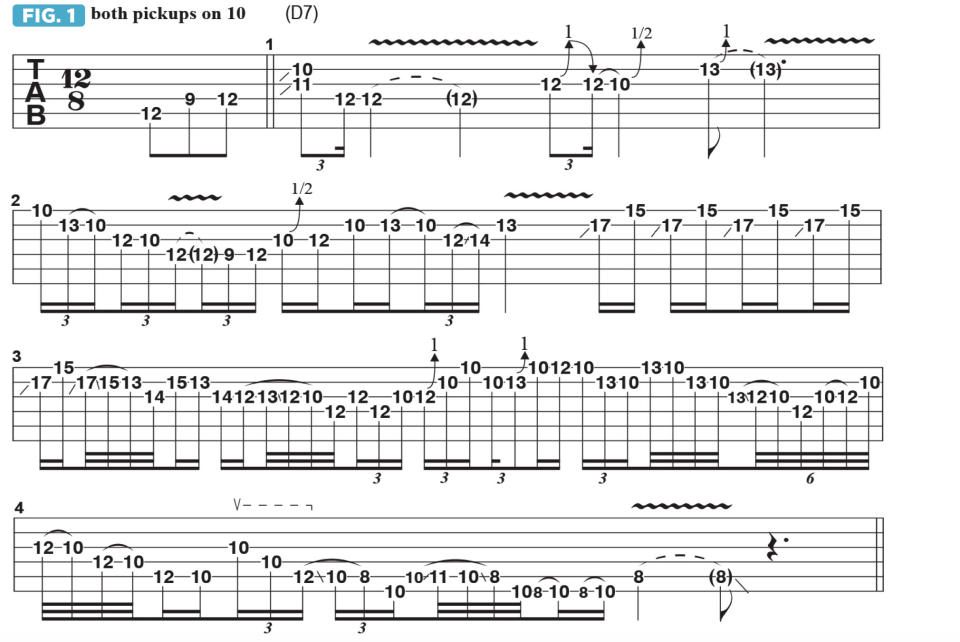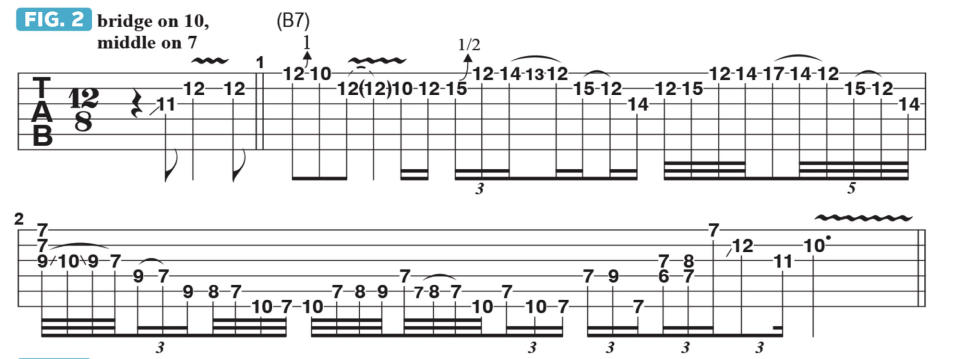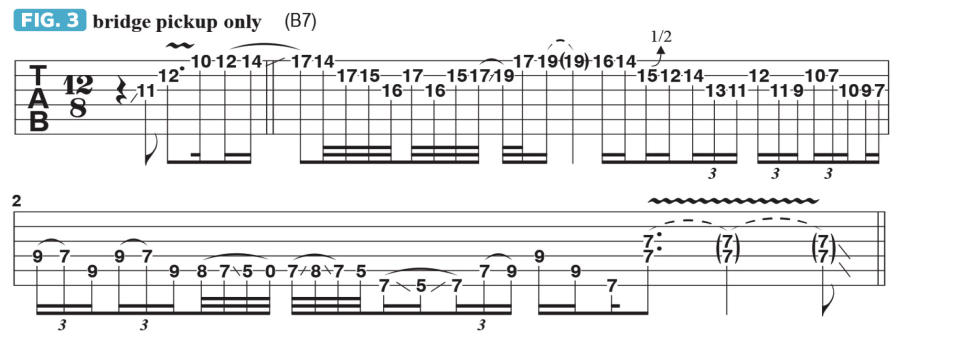Joe Bonamassa makes a strong case for fitting your Gibson Les Paul with P-90s as he shares his favorite ’54 Goldtop blues licks

- Oops!Something went wrong.Please try again later.
Over the next few lessons, I thought it would be cool and insightful to talk about the distinctive attributes of various classic electric guitars and the simple beauty of plugging each straight into a great tube amplifier, to learn what it can do for what it is. Using the same amp settings with different guitars allows you to clearly hear each instrument's signature characteristics.
For this demonstration, I’ll play each guitar through a moderately cranked Fender Deluxe Reverb amp, run through a THD Hotplate power attenuator to bring the volume down to a reasonable “apartment-level” roar.
Let’s start off with a 1954 Gibson Goldtop Les Paul, fitted with single-coil P-90 pickups. To me, P-90s produce a very distinct tone, one that I equate with early Freddie King as the “blues machine” sound. Muddy Waters played a Goldtop with P90s in his early days, as did Mike Bloomfield before he graduated to a sunburst Les Paul Standard with PAF humbucker pickups, which is a distinctly different sound.
A 1954 Goldtop has a mahogany back, carved maple top and small frets. With both pickups dimed – volume and tone controls set on 10 – the guitar has a very full sound with strong low end combined with all the snap you need on top.
Figure 1 is played in a medium-slow 128 blues feel not unlike Freddie King’s I Love the Woman.

The example is played in the key of D, with the majority of the phrases based on the D minor pentatonic scale (D, F, G, A, C) in 10th position, with a touch of the D blues scale (D, F, G, Ab, A, C) added here and there. In bar 4, notice the use of the reverse rake at the end of beat 1, as I drag the pick in a single upstroke across the G, D and A strings.

A great trick is to roll-off the neck pickup volume slightly, so that you get more high-end “bite” from the bridge pickup. Figure 2 illustrates another slow blues phrase played in 128 , but now we’re in the key of B.
This example starts up in 10th position then quickly moves up to 12th position before dropping back down to 7th position in bar 2. The lines here are based on the B blues scale (B, D, E, F, F#, A), and I’m going for a smooth sound through these quick phrases, using lots of hammer-ons, pull-offs and slides.

Now, if you really want to make enemies, go full bridge pickup with all the treble possible, as I do for the licks offered in Figure 3. This example is also in the key of B, and I quickly shift from 10th to 14th and 17th positions before gradually working my way down to 7th position.
So check out a Les Paul Goldtop with P-90s! This guitar makes sounds like no other and can be the source of endless creativity and blues-rock joy.

